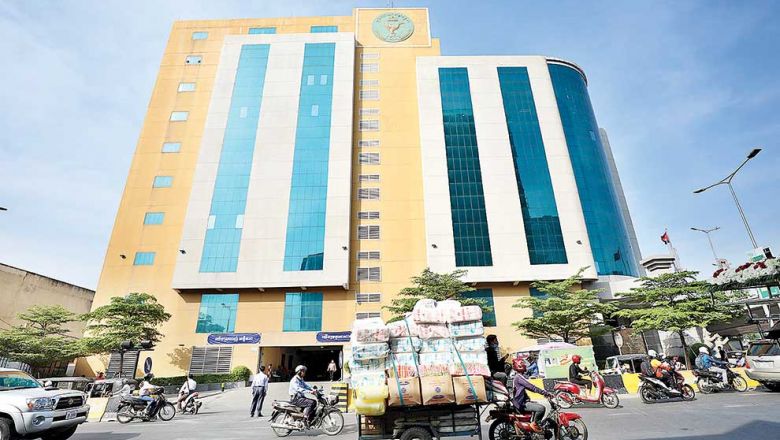Refinancing could bring existing loans under rate cap
Refinancing could bring existing loans under rate cap
Since the central bank issued a decree on Monday that it will cap microfinance interest rates at 18 percent next month, questions have swirled around whether the revised annual rate would also apply to existing loans, while banking experts have said there would be little they could do to stop borrowers from restructuring or refinancing their loans at the lower rate.
According to the articles 4 and 5 of the prakas issued by the National Bank of Cambodia (NBC) on March 14, allegedly on Prime Minister Hun Sen’s orders, the 18 percent annual interest rate ceiling is effective for any “new loan contract including restructured loans and refinancing” issued as of April 1. However, the text makes no mention of how existing loans will be affected, or whether refinancing would be mandatory.
While some local media reports suggested existing loans would in effect be subject to the 18 percent cap, numerous requests to NBC officials to clarify the situation went unanswered.
However, Yum Sovanna, general secretary for the Cambodia Microfinance Association, an industry body that lobbies on behalf of the Kingdom’s microfinance institutions (MFIs), said the articles in the prakas make it clear it will not impact existing loans, and will only apply to new loan contracts.
“The 18 percent cap does not change the rates existing loans have been issued on,” he said. “Clients will still have to honour their debt obligations. That is clear.”
However, he said it would be common sense that clients with existing loans would seek out MFIs that give the lowest interest rates and switch services or leverage the difference to secure a better rate from their creditor.
“The possibility that clients could switch to other MFIs while they are still repaying a current loan and use that money to repay their loan could happen,” Sovanna said. “However, if they do qualify for 18 percent, they could also use this as leverage to demand that the existing rate that they are locked into is renegotiated.”
He doubted, however, that MFIs seeking to remain within the 18 percent ceiling would consider extending repayment terms to recoup their losses.“What clients need is short-term cash flow and extending repayment plans would not work with clients’ demands,” he said.
While Sovanna said MFIs will have to find ways to cut high operational costs, this could be done through a segmentation process based on quality lending with strict criteria that leaves a portion of the existing clients excluded.
Yet, he said that the more strict lending criteria could raise operational costs as MFIs vet their clients more thoroughly, again restricting lending. “Generally, lenders will probably only target those that have the least risk,” he said.
Lay Kimchhen, CEO of Niron Microfinance Plc, said that the microlender would need to slash operational costs to continue its focus on small lending amounts.
“It is not an issue for us to apply this interest rate, as we already apply 18 percent for clients who have a hard land title,” he said. “But what we are concerned about is how we can cut our cost of operations while still lending amounts as low as $50.”














